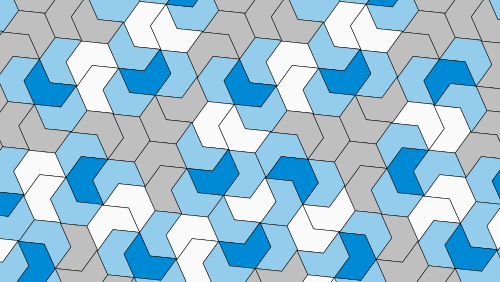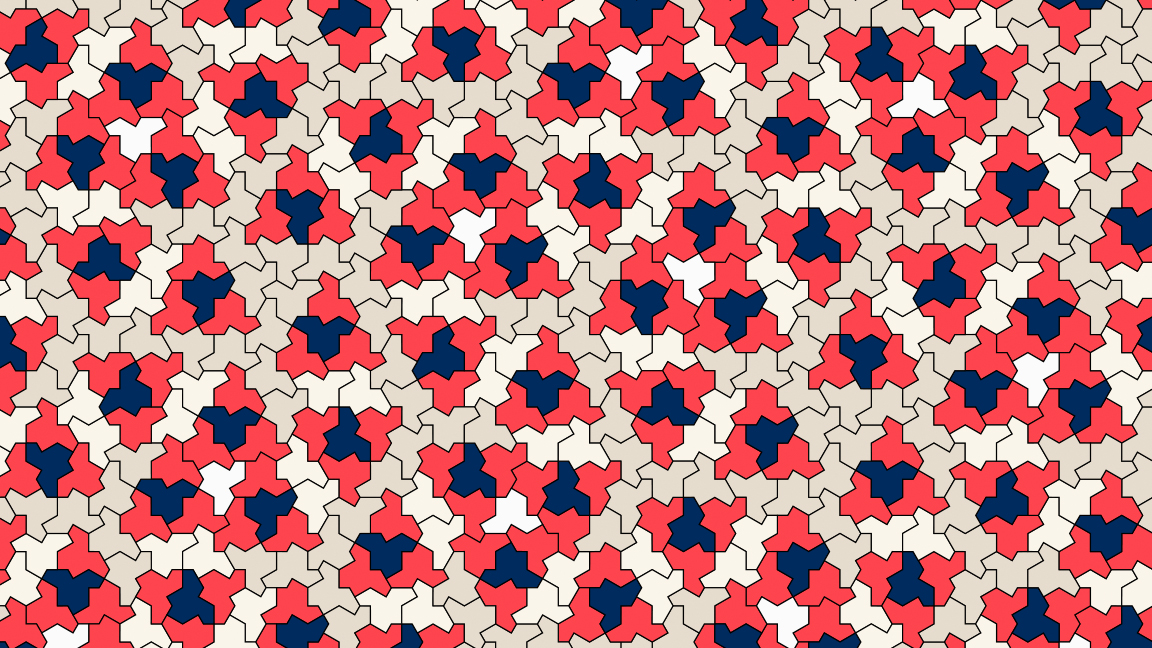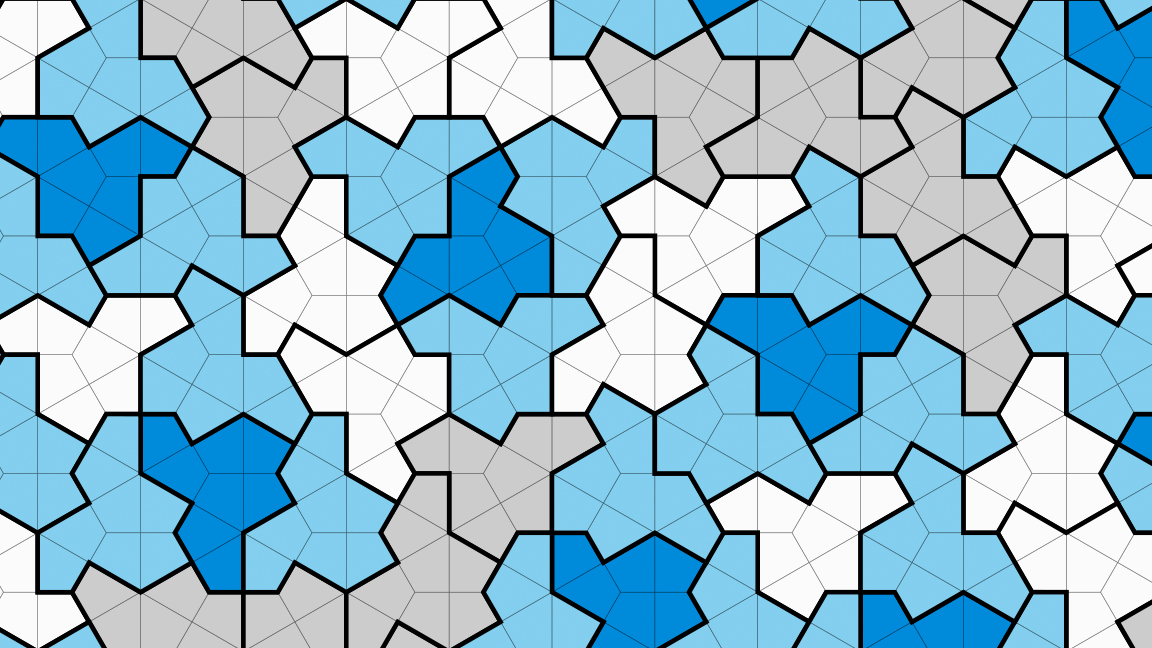
Just when you think you've seen it all, mathematicians go and discover the existence of a new shape. That's right a new shape. The new 13-sided two-dimensional shape has been called the 'Hat' and could open up all manner of new design and graphic design challenges and ideas.
You may be asking what makes this 'new'? And why can't anyone just doodle a shape and call it a discovery? The difference between the Hat and any other shape you may draw is it can be used indefinitely in a pattern without ever repeating. This was previously only a theoretical shape, but now it's a reality.
So what does this mean for design and graphic design? Well, for one designers and artists have a new shape to play with, one that has never been used before. The circle is considered the most overused shape in graphic design, and can be found in everything from the Twitter logo to the Apple logo, so a new shape could spark ideas in the best graphic designers.

Here's a bit of maths detail: the new Hat shape is known as an aperiodic monotile, which is a maths way of saying a single tile can be used across an entire surface without ever repeating. Once just a theoretical shape, a 13-sided polykite shape made up of eight kites connected at their edges, was discovered by mathematician David Smith and his team when they published a research paper this month.
Co-author Chaim Goodman-Strauss, a mathematician at the National Museum of Mathematics, told the New Scientist: "You’re literally looking for like a one in a million thing. You filter out the 999,999 of the boring ones, then you’ve got something that’s weird, and then that’s worth further exploration."
What's amazing is the team had to turn off their computers and work out the shape by hand and eye: "And then by hand you start examining them and try to understand them, and start to pull out the structure. That’s where a computer would be worthless as a human had to be involved in constructing a proof that a human could understand."

The Hat isn't the most accessible shape for design, its angles and 13-sides could make it a tricky one to work into new logos and projects. But I find this new shape absolutely mesmerising. I can already imagine crafters being eager to break out the best laser cutters and Cricut machines and start creating abstract and geometric designs.
Interior designers may want to explore how the shape can be used in tiled floors, fabric patterns and designer wallpaper. But can the maths behind this new shape inform a generation of logo designers to explore a new trend in design? The discovery of an actual new shape, no matter how abstract, is exciting. And for once, it wasn't created by AI.







